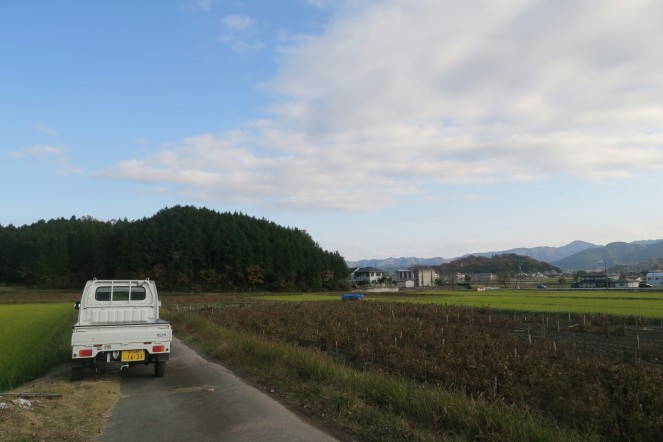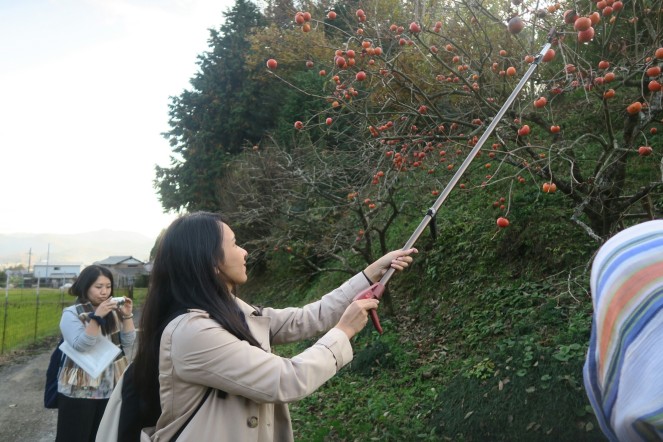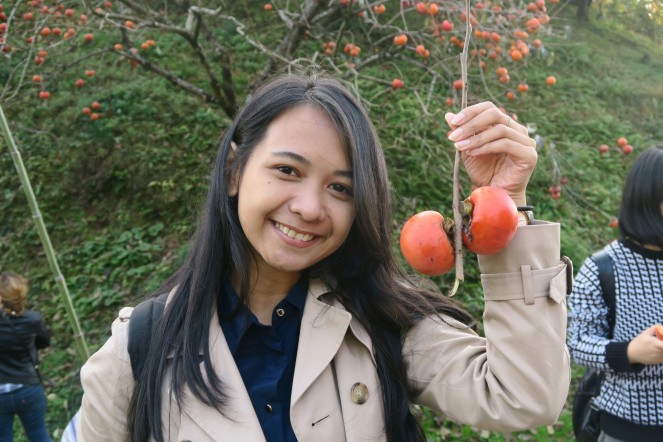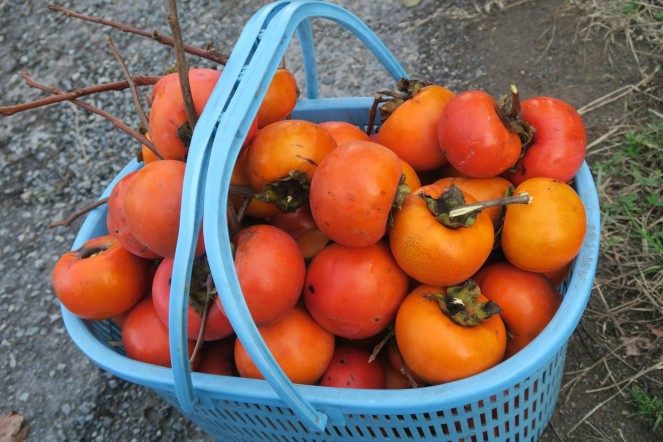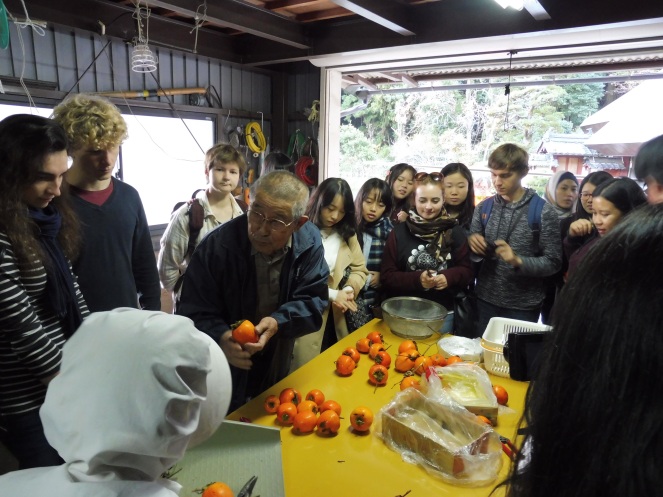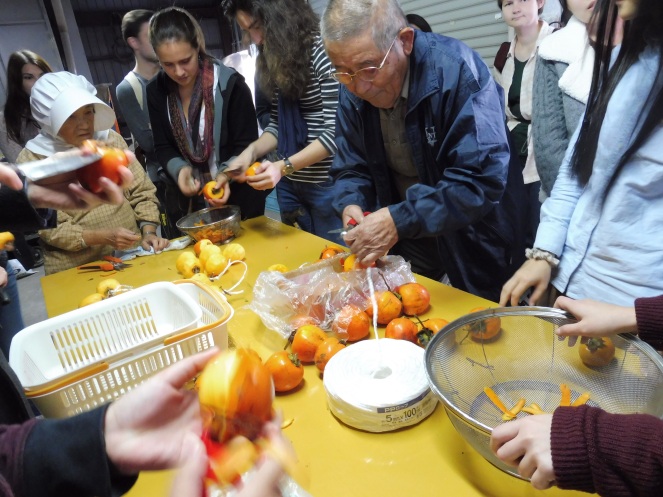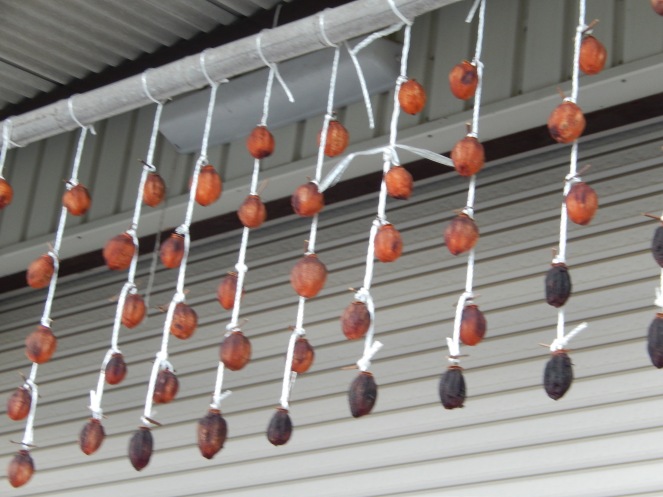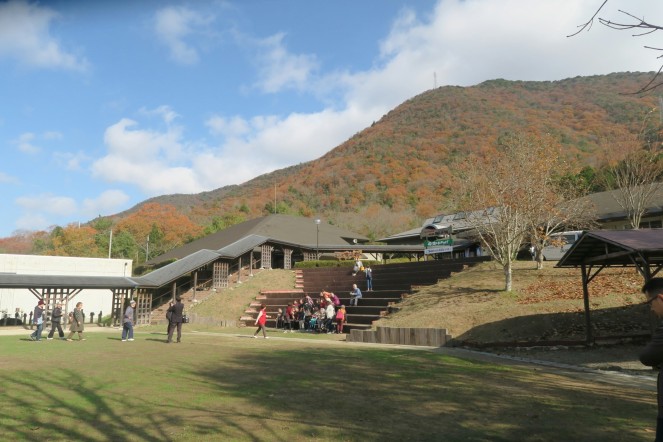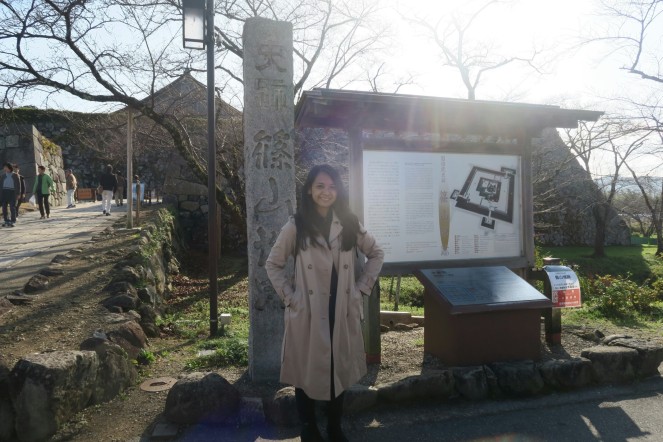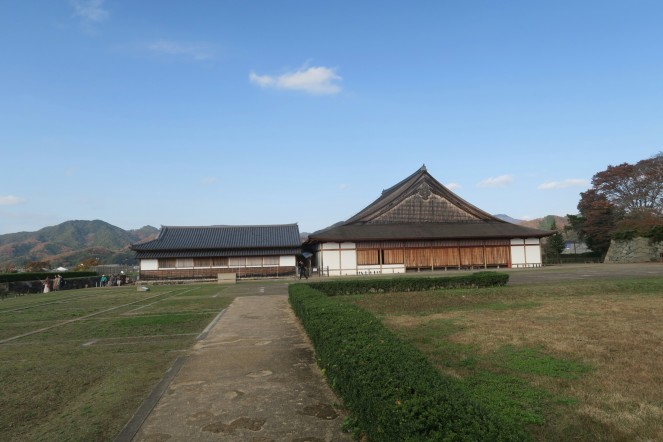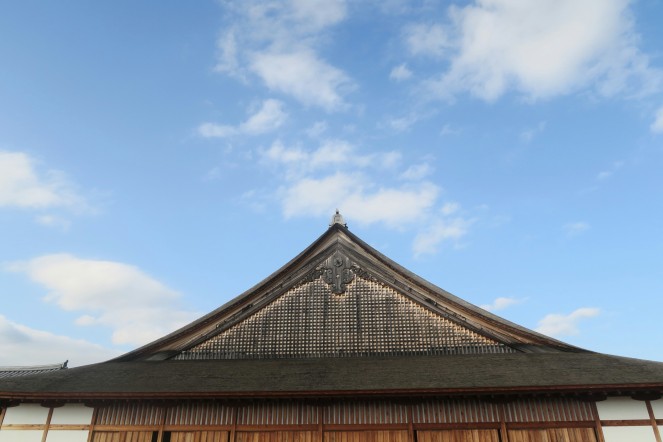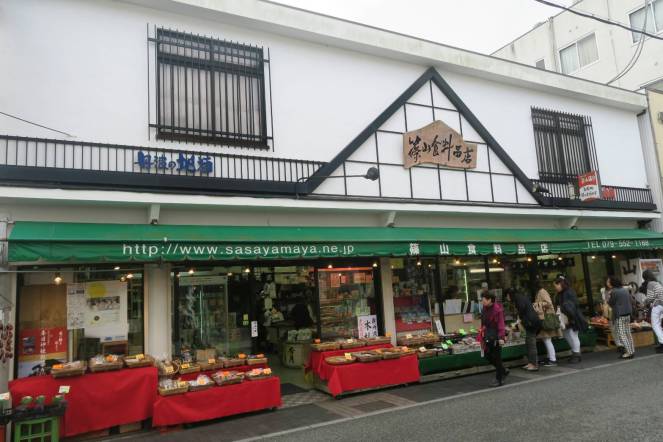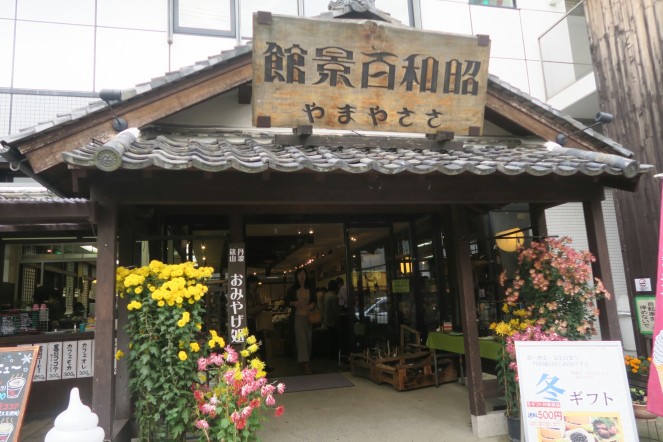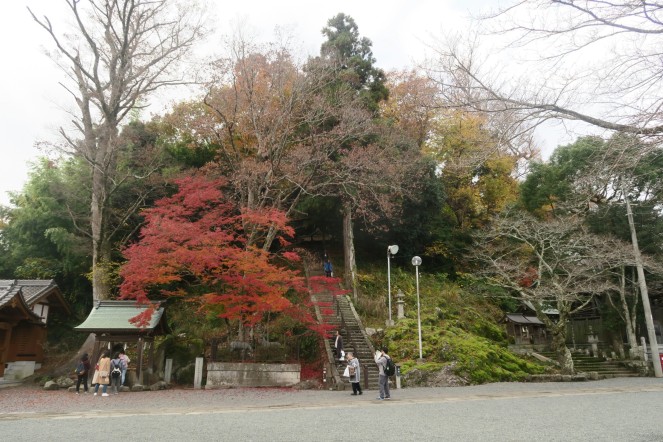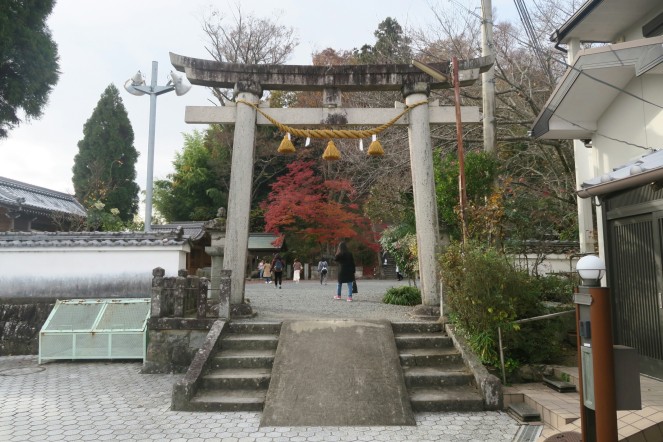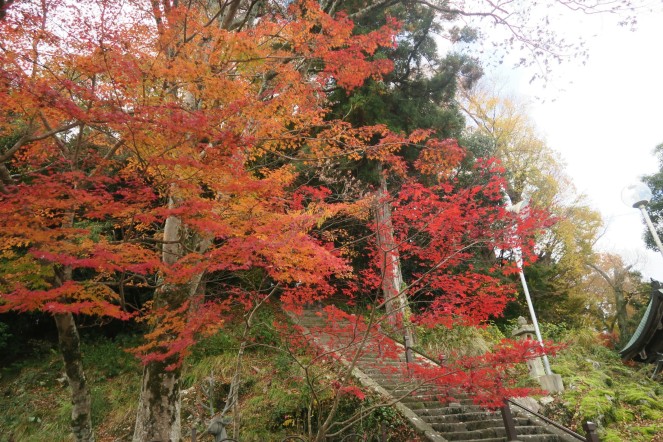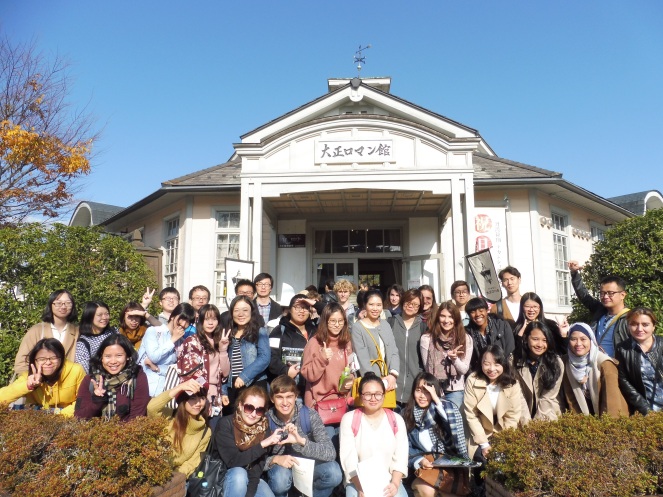Himeji Castle located in Himeji, about 1 hour trip by train from Ashiya.
Himeji Castle (姫路城, Himejijō), also known as White Heron Castle (Shirasagijo) due to its elegant, white appearance, is widely considered Japan’s most spectacular castle for its imposing size and beauty and its well preserved, complex castle grounds. The castle is both a national treasure and a world heritage site. Unlike many other Japanese castles, it was never destroyed by war, earthquake or fire and survives to this day as one of the country’s 12 original castles in Japan. The castle recently underwent extensive renovation over several years and was fully re-opened to the public in March 2015.
http://www.japan-guide.com/e/e3501.html
Entrance of Himeji Castle
Longwalk to go inside Himeji Castle
Himeji castle entrance is hidden in labyrinth-small path-stair style and it is so far from the ticket gate, so prepare yourself with good shoes because it will save you a lot of tiredness (imagine walking hundred stone steps with pretty heel shoes). And we have the chance to enter inside castle too, (basically in Japan naked feet is inappropriate) so don’t forget use socks to make society don’t stare at you with embarrassment look.
Windows Shape Defense
The wall with triangle-square-circle window shape useful for the soldiers to aim bullets/arrows for outsider, but harder for outsider to aim inside.
Multilingual Brochures and VR-based Education System
Himeji Castle prepares a lot of brochures not only in main languange (english-japanese-chinese-korean) but portuguese, germany, even Bahasa Indonesia also available. In my hand is brochures in Indonesia language, Istana Himeji. To understand some features in Himeji castle without tourguide, visitors can download AR Himeji App (in google play store) and can use our phone as self tourguide. When our phone tap to the barcodes in certain area, it will explain some description even play documentary videos.
Inside the Himeji Castle
The castle has 6 floor (and 1 basement floor). Visitors can visit until top floor and see Himeji city view from the window.
We even can see JR Himeji Station clearly in one line with Himeji Castle.
After finished the tour inside Himeji Castle, we can take photo in the himeji castle ground. The closest we can take for outdoor photo.
This is the best photo of me and himeji castle 😀













